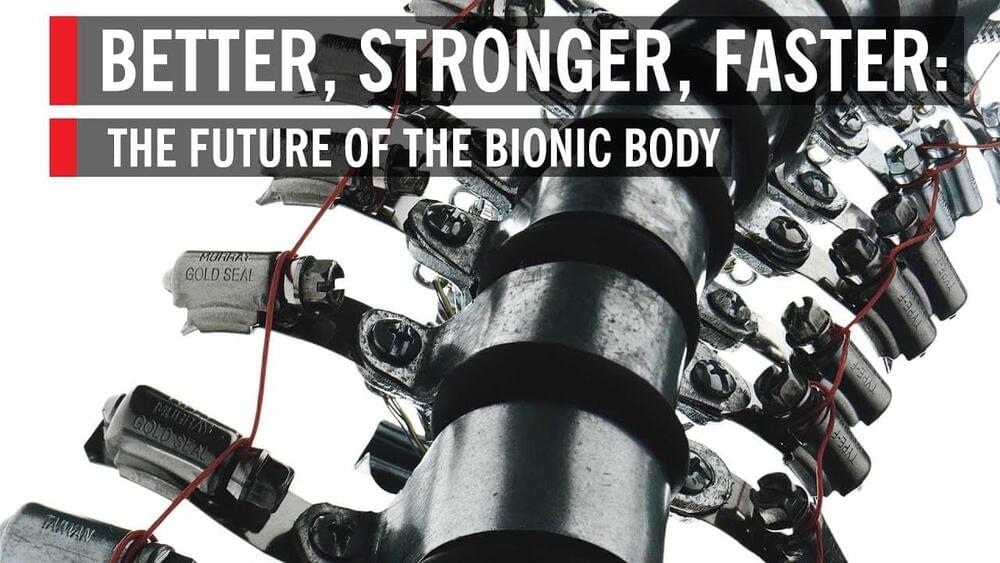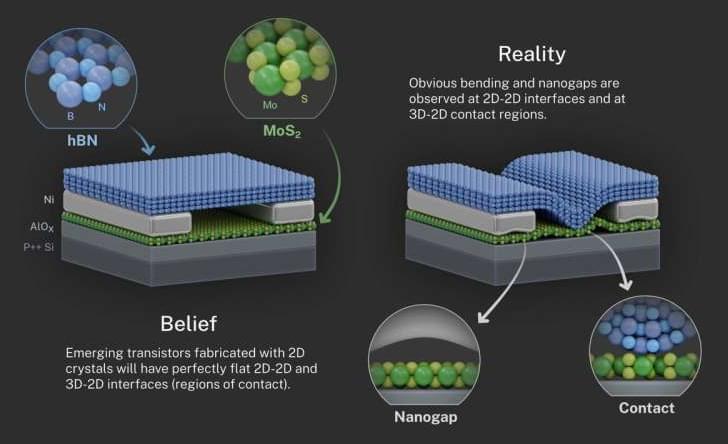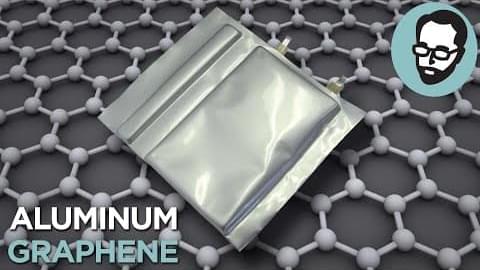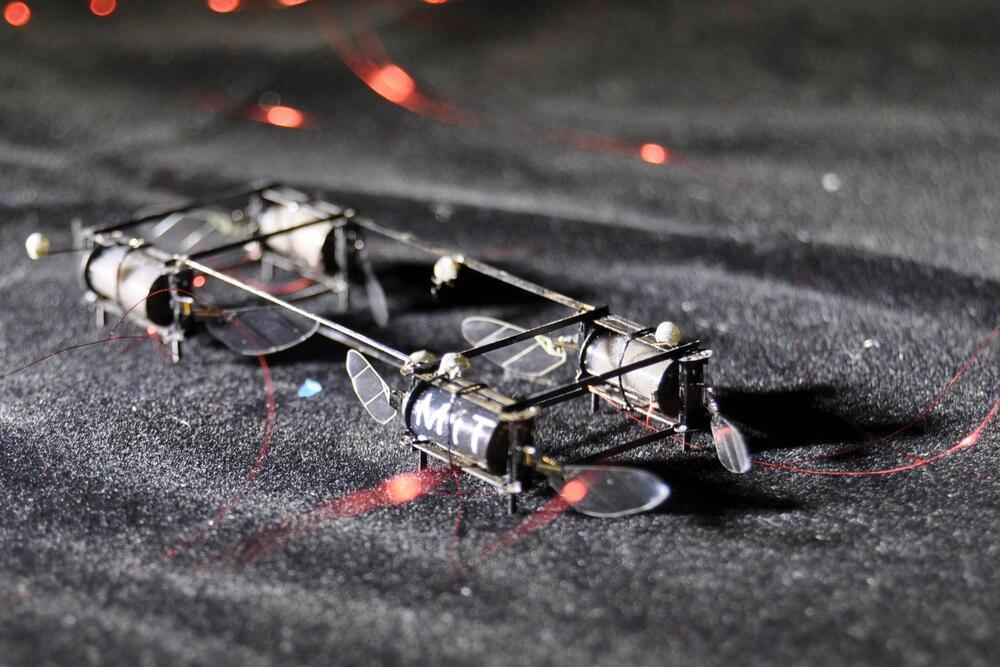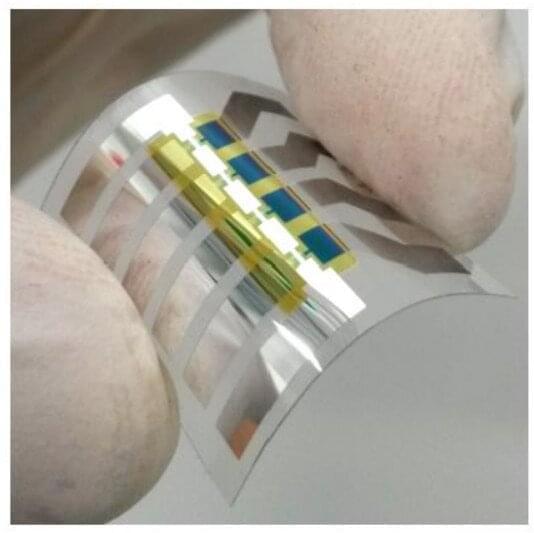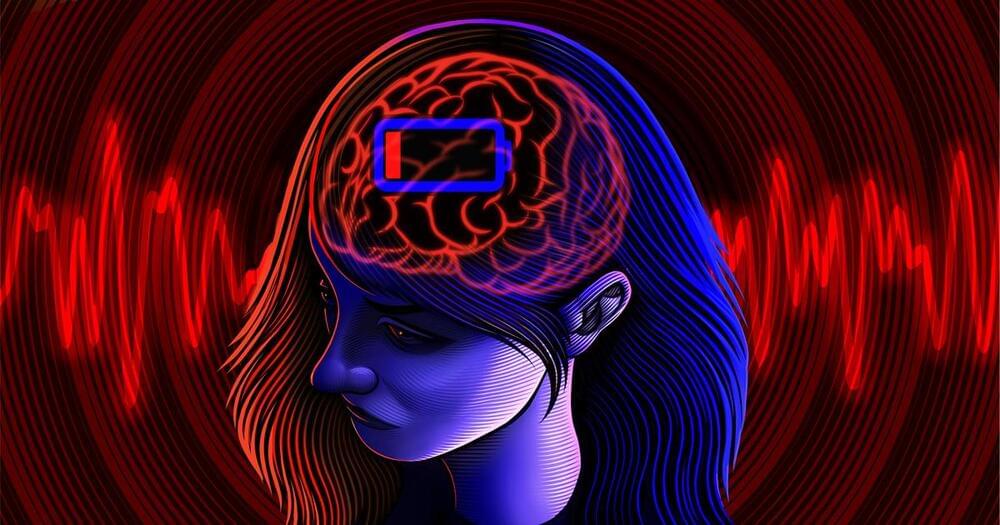Jun 30, 2022
Better, Stronger, Faster: The Future of the Bionic Body
Posted by Dan Breeden in categories: biotech/medical, chemistry, cyborgs, engineering, mobile phones, neuroscience, transhumanism
In the future, a woman with a spinal cord injury could make a full recovery; a baby with a weak heart could pump his own blood. How close are we today to the bold promise of bionics—and could this technology be used to improve normal human functions, as well as to repair us? Join Bill Blakemore, John Donoghue, Jennifer French, Joseph J. Fins, and P. Hunter Peckham at “Better, Stronger, Faster,” part of the Big Ideas Series, as they explore the unfolding future of embedded technology.
This program is part of the Big Ideas Series, made possible with support from the John Templeton Foundation.
Continue reading “Better, Stronger, Faster: The Future of the Bionic Body” »
